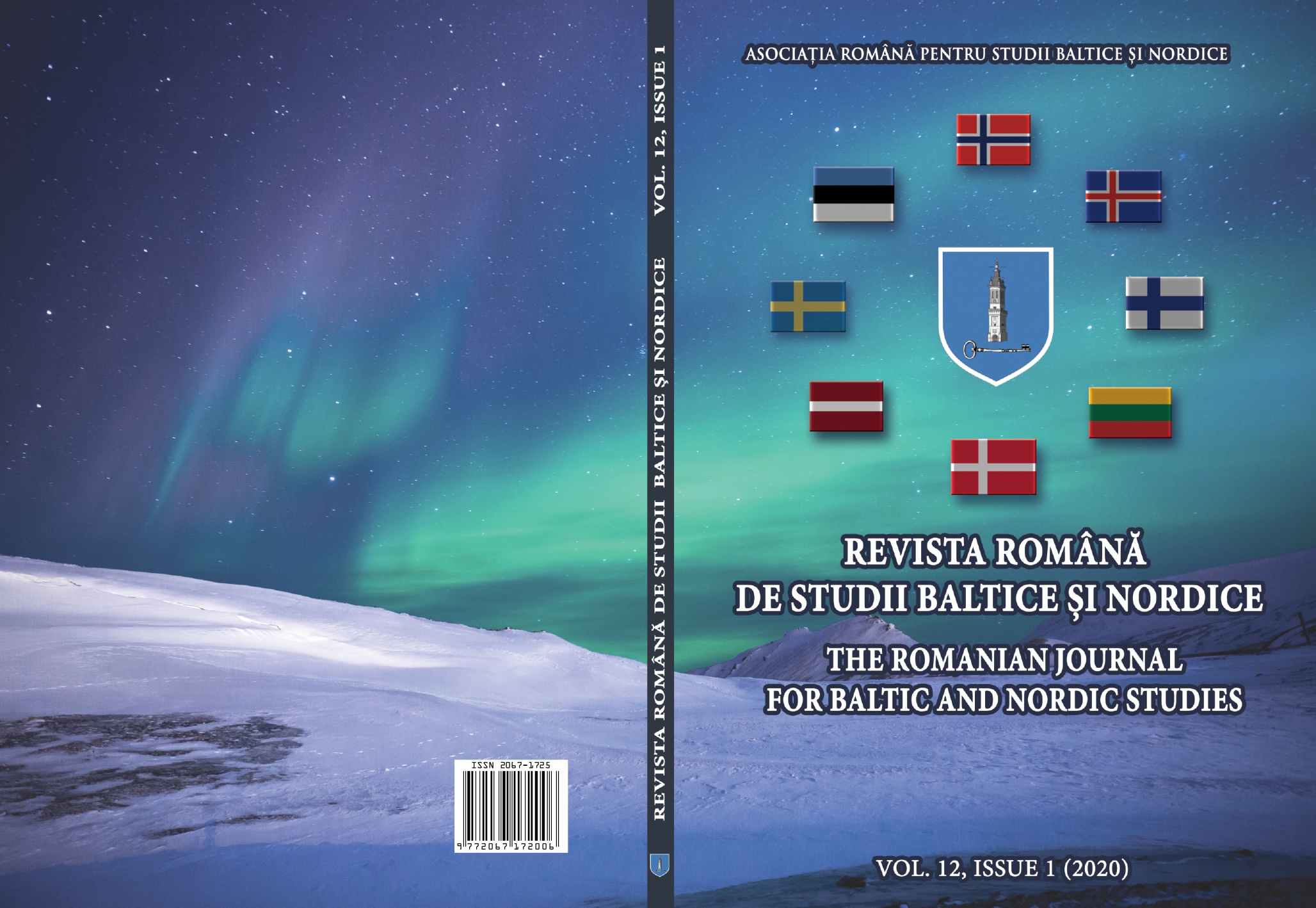Economic Relations between Sweden and Romania during the Second World War
Economic Relations between Sweden and Romania during the Second World War
Author(s): Andreea DahlquistSubject(s): History, Economic history, Modern Age
Published by: Asociatia Romana pentru Studii Baltice si Nordice
Keywords: Second World War; Sweden; Romania; economy;trade;
Summary/Abstract: The growth of Swedish-Romanian trade increased after Sweden opened its first diplomatic representation on Romanian soil in Galați (1851), Brăila (1852), Bucharest (1852), and Constanța (1880). In 1922, Sweden and Romania signed the first convention that regulated commerce. Later, in 1929, Romania took a loan of 30 million dollars from a Swedish concern in what proved to be a significant moment in the history of Swedish-Romanian economic relations. During the Second World War, both countries faced difficulties maintaining stable trade as a result of economic pressure from Germany and, eventually, the Soviet Union. Despite the challenges, Sweden succeeded in importing Romanian oil products, fodder, and grains – essential products for their economy – while Romania purchased Swedish agricultural machinery and other technologies. By the end of the war, several Swedish companies had established operations in Romania; among them, internationally recognized companies such as Swedish Matches, Kullager, Elektrolux, L.M. Ericsson, and Elektro-Invest.
Journal: Revista Română de Studii Baltice şi Nordice
- Issue Year: 12/2020
- Issue No: 1
- Page Range: 81-112
- Page Count: 32
- Language: English, Romanian

